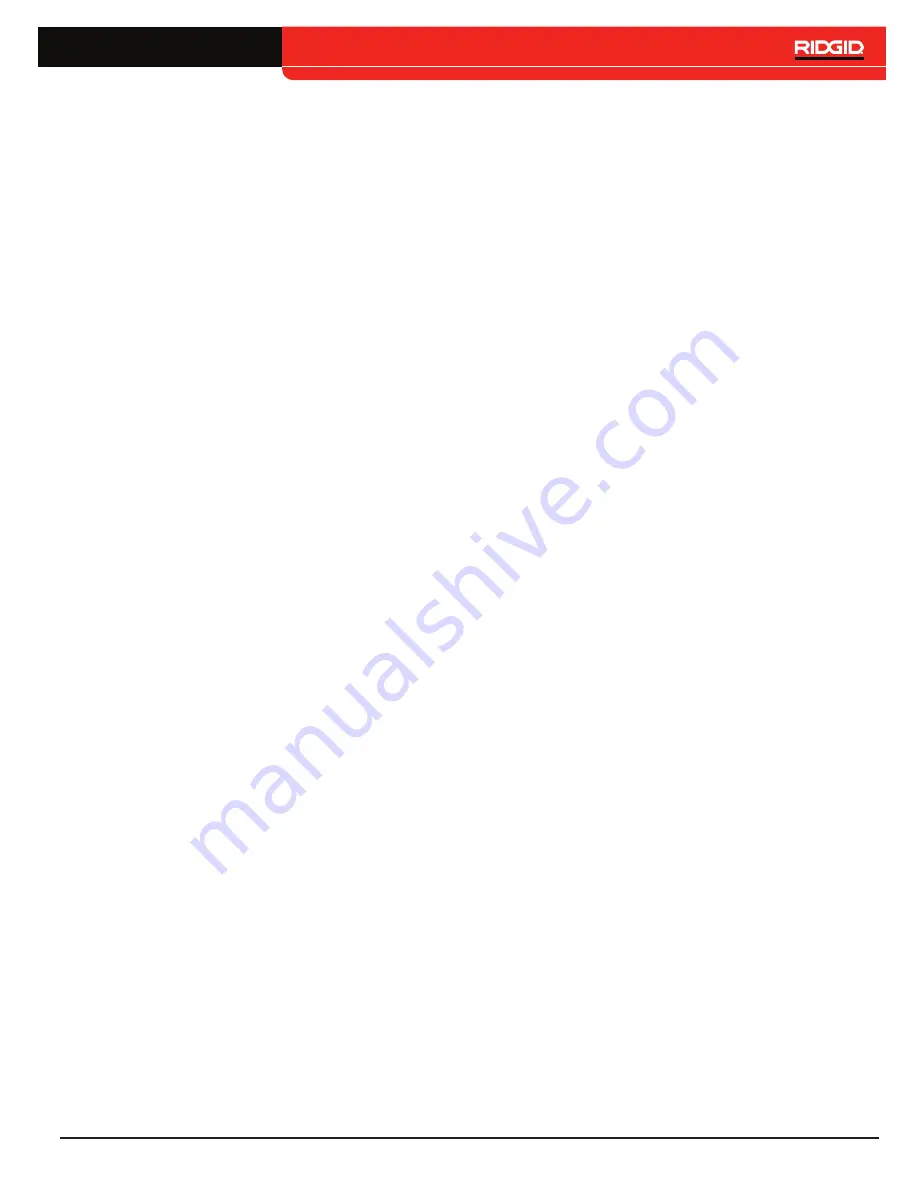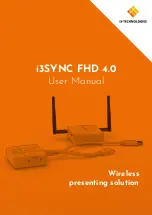
Equipment Use and Care
•
Do not force equipment.
Use the correct equipment for
your application. The correct equipment does the job bet-
ter and more safely.
•
Do not use equipment if the power switch does not
turn it on and off.
Any equipment that cannot be con-
trolled with the power switch is dangerous and must be
repaired.
•
Disconnect the plug from the power source and/or
the battery pack from the equipment before making
adjustments, changing accessories, or storing.
Pre-
ventive safety measures reduce the risk of injury.
•
Store idle equipment out of the reach of children and
do not allow persons unfamiliar with the equipment
or these instructions to operate the equipment.
Equip-
ment can be dangerous in the hands of untrained users.
•
Maintain equipment.
Check for misalignment or binding
of moving parts, missing parts, breakage of parts, and
any other condition that may affect the equipment’s op-
eration. If damaged, have the equipment repaired before
use. Many accidents are caused by poorly maintained
equipment.
•
Do not overreach.
Keep proper footing and balance at
all times. This enables better control of the equipment in
unexpected situations.
•
Use the equipment and accessories in accordance
with these instructions, taking into account the work-
ing conditions and the work to be performed.
Use of
the equipment for operations different from those intend-
ed can result in a hazardous situation.
•
Use only accessories that are recommended by the
manufacturer for your equipment.
Accessories that
may be suitable for one piece of equipment may become
hazardous when used with other equipment.
•
Keep handles dry, clean, and free from oil and grease.
Clean handles give better control of the equipment.
•
Protect the LCD from impacts during use.
Impacts to
the front of the LCD can cause glass breakage and com-
plete failure of the display.
Battery Use and Care
•
Use equipment only with specifically designed bat-
tery packs.
Use of any other battery packs may create a
risk of injury and/or fire.
•
Recharge only with the charger specified by the man-
ufacturer.
A charger suitable for one type of battery pack
may create a risk of fire when used with another battery
pack.
•
Do not cover charger while in use.
Proper ventilation is
required for correct operation. Covering charger while in
use could result in fire.
•
Use and store batteries and chargers in dry, appro-
priate temperature areas according to their documen-
tation.
Extreme temperatures and moisture can damage
batteries and result in leakage, electrical shock, fire, or
burns.
•
Do not probe the battery with conductive objects.
Shorting of battery terminals may cause sparks, burns, or
electrical shock. When the battery pack is not in use, keep
it away from other metal objects, like paper clips, coins,
keys, nails, screws or any other small metal object that
can make a connection from one terminal to the other.
Shorting the battery terminals may cause burns or a fire.
•
Under abusive conditions, liquid may eject from bat-
tery; avoid contact.
If contact occurs, flush with water.
If liquid contacts eyes, seek medical help. Liquid ejected
from the battery may cause irritation or burns.
•
Properly dispose of batteries.
Exposure to high tem-
peratures can cause the batteries to explode; do not dis-
pose of in a fire. Some countries have regulations con-
cerning battery disposal. Follow all applicable regulations.
CS6xPak – English – 5
Summary of Contents for seesnake cs6x pak
Page 19: ...CS6xPak English 19 ...






































